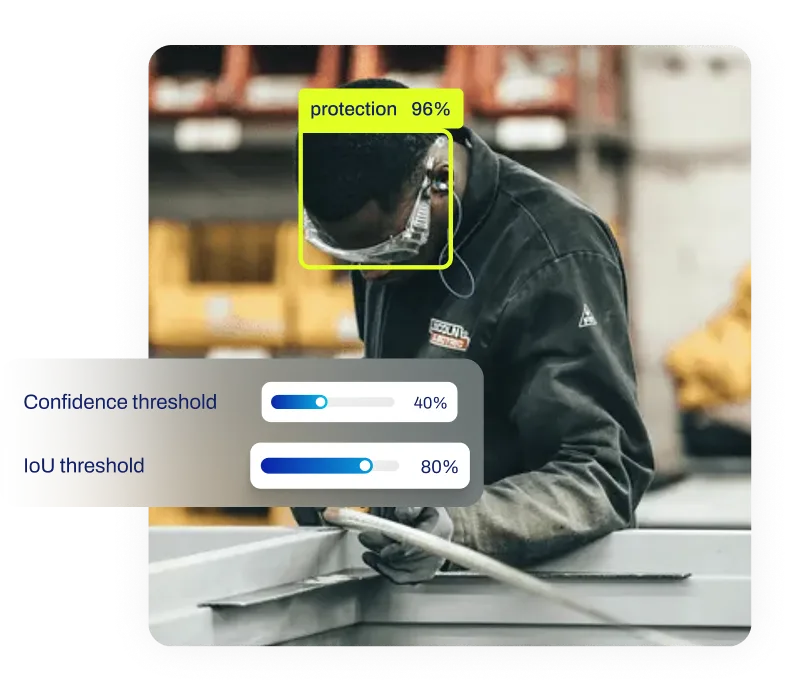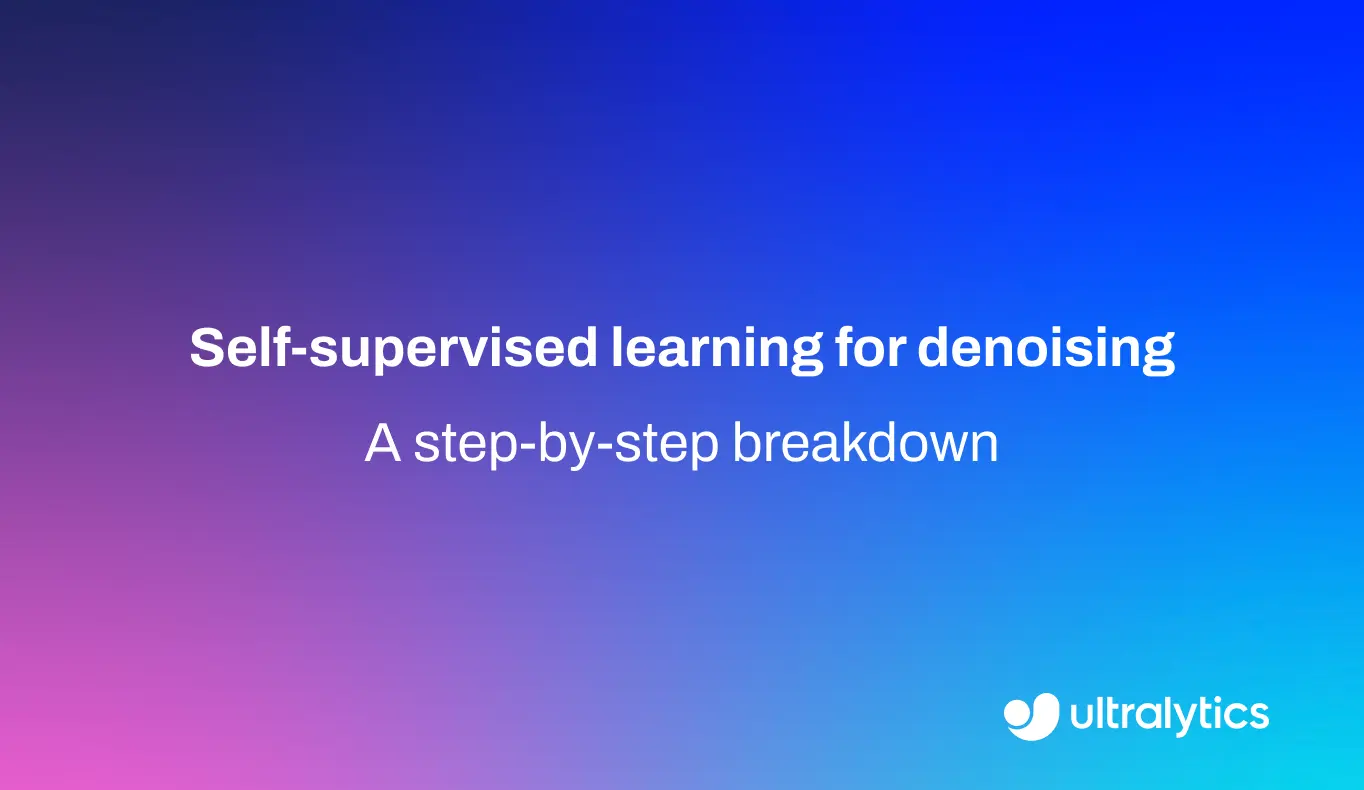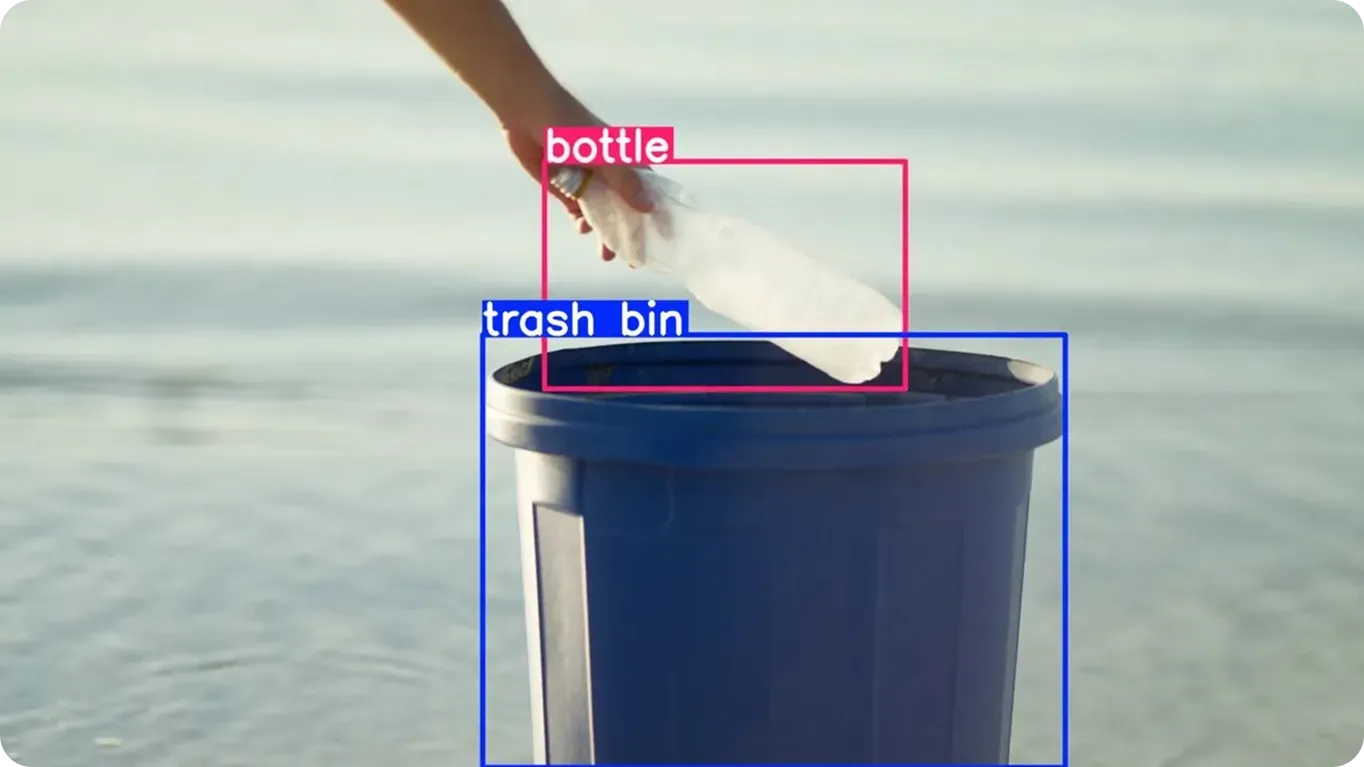Flash Attention
Discover Flash Attention — a fast, memory-efficient method for Transformer attention that speeds GPU training and real-time inference for NLP and CV.
Flash Attention is an advanced algorithm designed to accelerate the performance of
Transformer models by optimizing how
attention mechanisms access memory on graphics
hardware. Developed to address the computational bottlenecks in
deep learning, this method significantly increases
the speed of training and
real-time inference without sacrificing
accuracy. By managing data movement more efficiently,
Flash Attention allows AI models to process longer sequences of data, which is critical for modern applications in
Natural Language Processing (NLP)
and high-performance Computer Vision (CV).
How Flash Attention Works
The core innovation of Flash Attention lies in its "IO-awareness," meaning it explicitly accounts for the
cost of moving data between different levels of memory on a
GPU (Graphics Processing Unit). In
standard attention implementations, large intermediate matrices are frequently read from and written to the GPU's High
Bandwidth Memory (HBM), which is spacious but relatively slow.
Flash Attention restructures this process using a technique called tiling. It breaks the large attention matrix into
smaller blocks that fit entirely within the GPU's fast on-chip SRAM (Static Random Access Memory). By performing more
computations within the SRAM and minimizing the read/write operations to HBM, it reduces the memory bandwidth
bottleneck. This concept was introduced by researchers at
Stanford University and detailed in their paper on
FlashAttention.
Key Differences from Standard Attention
It is important to distinguish Flash Attention from the general concept of attention.
-
Standard Attention: Refers to the mathematical operation where a model weighs the importance of
different input elements. Traditional implementations are often memory-bound, meaning they spend more time moving
data than computing.
-
Flash Attention: Is an implementation of the exact same mathematical logic. It produces
identical numerical outputs to standard attention but does so much faster.
-
Approximation Methods: Unlike sparse attention or low-rank approximations that trade accuracy for
speed, Flash Attention is an exact algorithm, maintaining the full precision of the model.
Relevance in Computer Vision Models
While Flash Attention originated in the NLP domain for
Large Language Models (LLMs), it has
become increasingly vital for vision tasks. Modern architectures, such as the
Vision Transformer (ViT), rely heavily on
attention layers.
Some community-driven models, such as YOLO12, have
integrated attention mechanisms that utilize Flash Attention to mitigate the heavy computational cost of their
architecture. However, these models can still suffer from high memory consumption and training instability. For most
practical use cases, Ultralytics YOLO11 remains the
recommended choice, offering a superior balance of speed and efficiency. Looking ahead, the upcoming
YOLO26 is being designed to natively support end-to-end
tasks with optimized architectures that may leverage similar efficiency principles.
Real-World Applications
Flash Attention enables AI systems to handle tasks that were previously computationally prohibitive.
-
Long-Context Document Analysis: In NLP, models like
GPT-4 utilize Flash Attention to maintain a massive
context window. This allows the AI to process
entire books or lengthy legal contracts in a single pass without "forgetting" earlier information, vastly
improving text summarization capabilities.
-
High-Resolution Medical Imaging: In healthcare,
medical image analysis often involves
processing gigapixel pathology slides. Flash Attention enables vision models to analyze these large images at high
resolution without aggressive downscaling, preserving critical details for diagnosing conditions like
brain tumors.
Implementation in PyTorch and Ultralytics
Modern frameworks like PyTorch (version 2.0 and later) have integrated Flash
Attention directly into their functional APIs. When using high-level libraries, the system automatically selects the
most efficient kernel (like Flash Attention) if the hardware supports it, such as on NVIDIA Ampere or Hopper GPUs.
The following example demonstrates how a user might leverage this ecosystem. By loading a model and moving it to a
CUDA device, the underlying framework applies these optimizations during
model training.
import torch
from ultralytics import YOLO
# Ensure PyTorch is using a CUDA device for GPU acceleration
device = "cuda" if torch.cuda.is_available() else "cpu"
print(f"Using device: {device}")
# Load the YOLO11 model, which is optimized for efficiency
model = YOLO("yolo11n.pt")
# When training on a compatible GPU with PyTorch 2.0+,
# Flash Attention (SDPA) is utilized automatically for attention layers where applicable.
if device == "cuda":
results = model.train(data="coco8.yaml", epochs=5, imgsz=640)
This seamless integration means developers using the
Ultralytics Platform can benefit from state-of-the-art acceleration
techniques without needing to write complex CUDA kernels manually.












